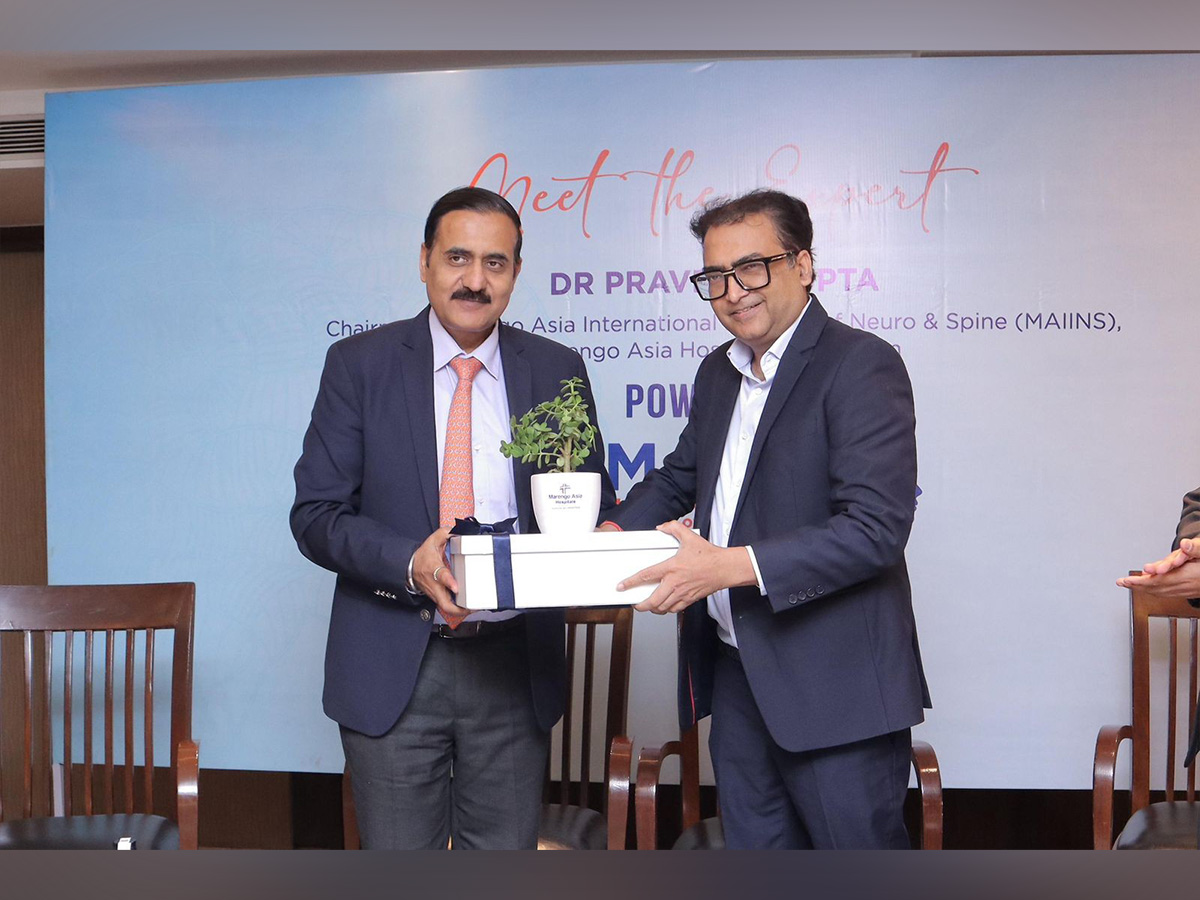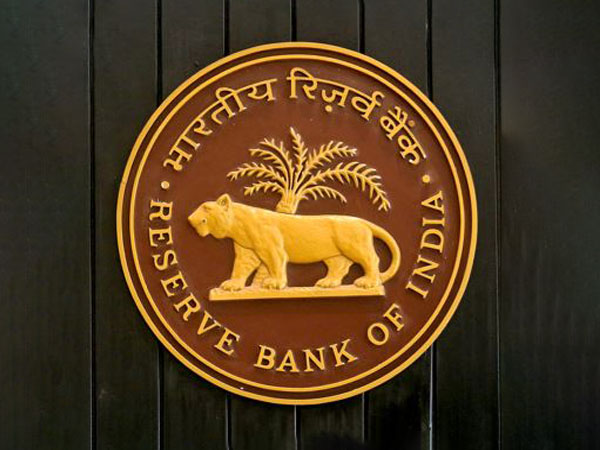New Delhi [India], July 22 (ANI): The credit to agricultural and allied activities was in double digits during the financial year 2024 as per the Economic Survey 2023-24 tabled in Parliament on Monday.
Union Finance Minister Nirmala Sitharaman on Monday tabled the Economic Survey 2023-24 in Parliament along with the statistical appendix ahead of the Budget for 2024-25 to be presented on Tuesday.
As per the Survey, the agricultural credit had increased nearly 1.5 times from Rs 13.3 lakh crore in FY21 to Rs 20.7 lakh crore in the financial year 2024.
The survey highlighted the role of Kisan Credit Card (KCC) scheme in providing timely and hassle-free credit to farmers, with over 7.4 crore operative KCC accounts at the end of 2023. It further said that increased credit disbursal to the agricultural sector continued in April and May 2024 with bank credit to agriculture and allied sectors growing by 19.7 per cent and 21.6 per cent YoY, respectively.
The survey mentioned that the Gross Value Added (GVA) in the agriculture sector grew at a “slower pace” and added that overall output has been impacted due to the “erratic weather patterns” during the year and an uneven spatial distribution of the monsoon in 2023.
“The shares of the agriculture, industry and services sector in overall GVA at current prices were 17.7 per cent, 27.6 per cent and 54.7 per cent respectively in FY24,” it mentioned.
The impact on GVA growth reflected in the marginal decline in total foodgrain output for FY24 of 0.3 per cent as per the third advanced estimate of foodgrain production released by the Ministry of Agriculture and Farmers’ Welfare (MoAFW).
Survey further highlighted government initiatives launched to address concerns around crop insurance including YES-Tech Manual, WINDS portal, and enrolment app AIDE/Sahayak to assess crop damage via satellite-based advanced technologies, and with door-to-door enrolment initiatives making cover more accessible.
Indicating a likely rise in agriculture premiums from 2024 onwards, the survey mentioned an average real premium growth of 2.5 per cent over the medium term that is supported by improvements in insurance infrastructure such as mobile applications and remote sensing for crop loss monitoring.
It said that the agriculture insurance is estimated to register a flat growth in FY23 due to a sharp decline in premium rates in the Kharif cropping season. The decline was more than offset by increased insured land area and farmer enrolments during the season.
“In FY23 and FY24, the agriculture sector was affected by extreme weather events, lower reservoir levels, and damaged crops that adversely affected farm output and food prices. So, food inflation based on the Consumer Food Price Index (CFPI) increased from 3.8 per cent in FY22 to 6.6 per cent in FY23 and further to 7.5 per cent in FY24,” the survey read.
In a growing economy, the share of agriculture declines over time. That is normal. That is considered progress. Households, as their incomes rise, do not consume more food proportionately. The share of food in their consumption expenditure goes down, famously regarded as Engel’s law.
The economic survey emphasized the government’s efforts on facilitating the farmers by subsidising their water, electricity and fertilisers.
“The former two are provided virtually free. Their incomes are not taxed. The government offers them a minimum support price (MSP) for 23 selected commodities. Monthly cash support is offered to farmers through the PM-KISAN scheme. Indian governments – national and sub-national -write off their loans,” the survey mentioned.
The survey said that earlier development models featured economies migrating from farm beginnings to industrialisation to value-added services in their development journey. Technological advancements and geopolitics are challenging this conventional wisdom, it said.
Backing a “return to roots” model in terms of farming practices and policymaking, the survey said that it can generate higher value addition from agriculture, boost farmers’ income, create opportunities for food processing and exports and make the farm sector both fashionable and productive for India’s urban youth.
“Trade protectionism, xii resource-hoarding, excess capacity and dumping, on shoring production and the advent of AI are narrowing the scope for countries to squeeze out growth from manufacturing and services,” it read. It further said that when resolved, the problem areas mentioned above that the current policy configuration has created over the years can become sources of India’s strength and a model for the rest of the world – developing and developed.
“So, governments in India spend enough resources to look after the farmers well. Yet, a case can be made that they can be served better with some re-orientation of existing and new policies. The payoff will be immense if we untie the knots that bedevil farm sector policies. More than anything else, it will restore faith in the self-confidence and ability of the state to steer the nation to a better future, apart from delivering socio-economic benefits,” it added. (ANI)
Disclaimer: This story is auto-generated from a syndicated feed of ANI; only the image & headline may have been reworked by News Services Division of World News Network Inc Ltd and Palghar News and Pune News and World News
HINDI, MARATHI, GUJARATI, TAMIL, TELUGU, BENGALI, KANNADA, ORIYA, PUNJABI, URDU, MALAYALAM
For more details and packages
















